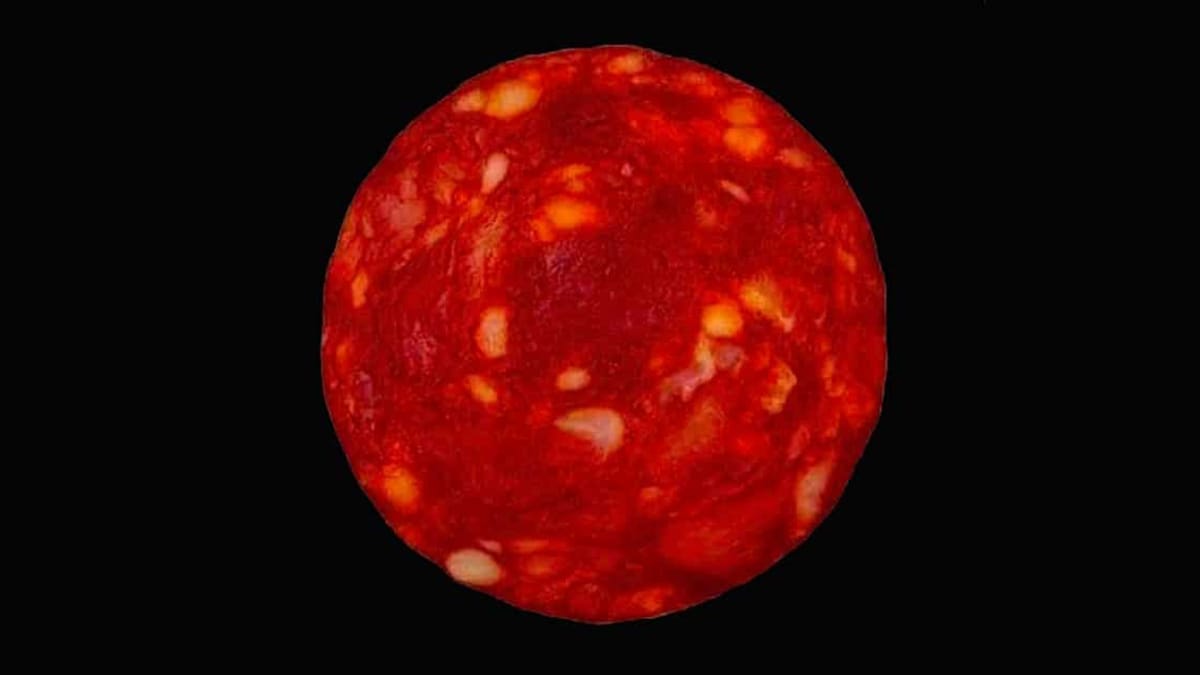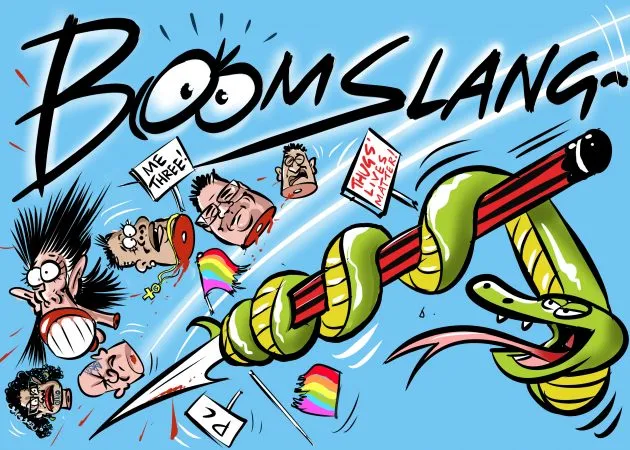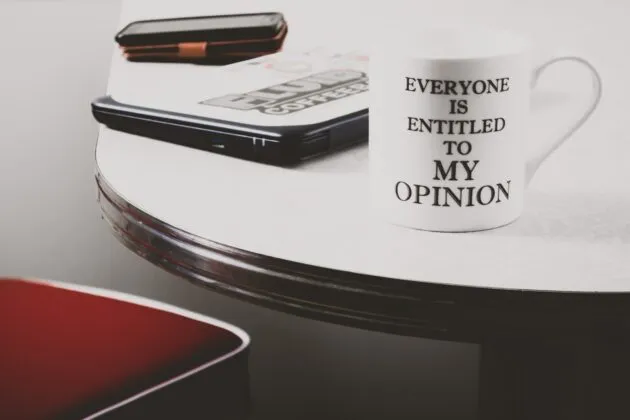Scientific frauds and hoaxes can do a lot of damage and hold back progress for decades. But sometimes hoaxes can do science a great service, by exposing the frauds and fools.
On one hand, the Piltdown Man hoax misled the progress of understand human evolution for decades. It also parlayed into the loony ideas of groups as diverse as Scientology and Young Earth Creationism. More seriously, recent exposes of serious medical fraud suggest that everything – from combating obesity, to mental health and Alzheimers – has been deliberately misdirected for decades.
On the other hand, though, the Sokal hoax exposed – for those who were willing to see – the intellectual fraud of postmodernism. More recently, the “Grievance Studies” hoax papers exposed the shoddy state of academic publishing.
Now, another hoax has underscored just how poor the state of popular science and so-called “science journalism”, really is.
A French scientist has apologised after tweeting a photo of a slice of chorizo, claiming it was an image of a distant star taken by the James Webb Space Telescope.
I see no reason for him to apologise. If anyone should apologise, it’s the thousands of Twitter nitwits and hundreds of “science journalism” editors who failed the basic test of all science: Nullius in Verba. Take no one’s word for it.
Etienne Klein, a celebrated physicist and director at France’s Alternative Energies and Atomic Energy Commission, shared the image of the spicy Spanish sausage on Twitter last week, praising the “level of detail” it provided.
“Picture of Proxima Centauri, the nearest star to the Sun, located 4.2 light years away from us. It was taken by the James Webb Space Telescope.
“This level of detail… A new world is unveiled everyday,” he told his more than 91,000 followers on Sunday.
The post was retweeted and commented upon by thousands of users, who took the scientist by his word.

It was also published by mainstream media outlets.
Conspicuously, none of them bothered to do even the most basic fact-checking.
Klein admitted later in a series of follow-up tweets that the image was, in fact, a close-up of a slice of chorizo taken against a black background.
“Well, when it’s cocktail hour, cognitive bias seem to find plenty to enjoy… Beware of it. According to contemporary cosmology, no object related to Spanish charcuterie exists anywhere else other than on Earth,” he said.
After facing a backlash from members of the online community for the prank, he wrote: “In view of certain comments, I feel obliged to specify that this tweet showing an alleged picture of Proxima Centauri was a joke.
“Let’s learn to be wary of the arguments from positions of authority as much as the spontaneous eloquence of certain images.”
9News
And that’s the lesson to be learned from Klein’s excellent prank: too many people, especially of the “IFL Science” persuasion, rely too heavily on the pronouncements of authorities, without ever questioning what they’re told. As Klein says, we should be cautious of cognitive biases – such as believing what we want to believe, and accepting arguments from authority, without question.
After all, if so many people are so easily hoodwinked by a simple hoax like this, what else are they being hoodwinked about?








